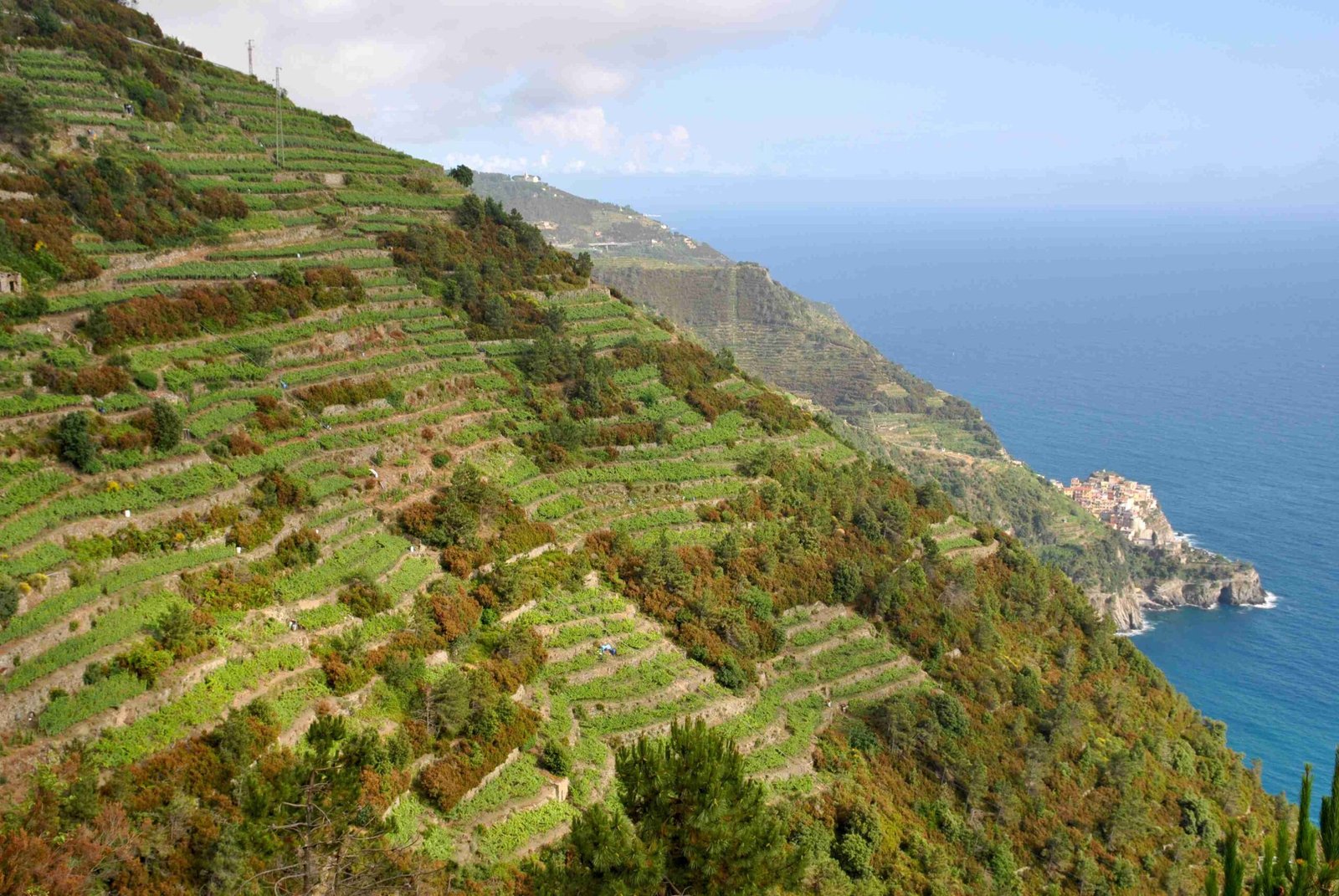Nestled along the rugged Italian Riviera coastline, the UNESCO Cinque Terre Europe represents an extraordinary cultural landscape where human ingenuity meets breathtaking natural beauty. This remarkable region encompasses five historic villages—Monterosso al Mare, Vernazza, Corniglia, Manarola, and Riomaggiore—meticulously carved into steep coastal cliffs, demonstrating centuries of sustainable human settlement and agricultural adaptation.
What Makes Cinque Terre a UNESCO World Heritage Site?
Historical Significance of Landscape Transformation
The Cinque Terre landscape represents a millennium-long testament to human resilience and environmental interaction. Inhabitants have transformed seemingly inhospitable terrain into productive agricultural terraces, creating a unique cultural ecosystem recognized globally for its exceptional preservation.
Key UNESCO Designation Criteria
| Criterion | Description |
|---|---|
| Criterion (iv) | Outstanding example of human settlement layout in relationship with maritime environment |
| Criterion (v) | Remarkable cultural landscape showcasing harmonious human-nature interaction |
How Did Humans Adapt to Challenging Terrain?
The local population developed extraordinary techniques to cultivate steep mountainsides, including:
- Constructing extensive stone terracing systems
- Building complex irrigation networks
- Developing specialized agricultural practices
- Creating compact, vertical village architectures
What Are the Unique Geographical Characteristics?
Cinque Terre’s geographical profile includes:
- Steep coastal cliffs rising dramatically from Mediterranean waters
- Approximately 100 kilometers of hand-built stone terraces
- Microclimates supporting diverse agricultural production
- Limited flat land encouraging vertical settlement strategies
Why Is Conservation Critical?
Conservation efforts focus on:
- Maintaining traditional agricultural practices
- Protecting fragile ecological systems
- Preserving architectural heritage
- Managing sustainable tourism
What Cultural Practices Define the Region?
Traditional practices include:
- Viticulture on steep terraced landscapes
- Small-scale fishing techniques
- Artisanal food production
- Preservation of medieval architectural styles
How Can Visitors Experience Authentic Cinque Terre?
Recommended visitor experiences:
- Hike the famous Sentiero Azzurro trail
- Explore individual village characteristics
- Participate in local wine and food tours
- Engage with community cultural events
- Respect environmental conservation guidelines
What Challenges Does the Region Face?
Current challenges include:
- Managing increasing tourist volumes
- Maintaining complex terracing infrastructure
- Addressing climate change impacts
- Preserving traditional agricultural practices
Economic and Cultural Sustainability
The UNESCO designation has significantly contributed to:
- Enhanced global recognition
- Increased tourism revenue
- Cultural heritage preservation
- Environmental conservation efforts
Practical Visitor Information
Best Times to Visit
- Spring (April-May): Mild temperatures, fewer tourists
- Early Autumn (September-October): Ideal hiking conditions
- Avoid peak summer months for more comfortable experience
Travel Recommendations
- Purchase Cinque Terre Card for trail access
- Use local train connections between villages
- Book accommodations in advance
- Respect local environmental guidelines
Recommended Preparation
- Bring comfortable walking shoes
- Carry sufficient water
- Pack light, layered clothing
- Learn basic Italian phrases
Conclusion
The UNESCO Cinque Terre Europe represents an extraordinary intersection of human adaptation, cultural preservation, and natural beauty—a living testament to sustainable human settlement strategies developed over centuries.

